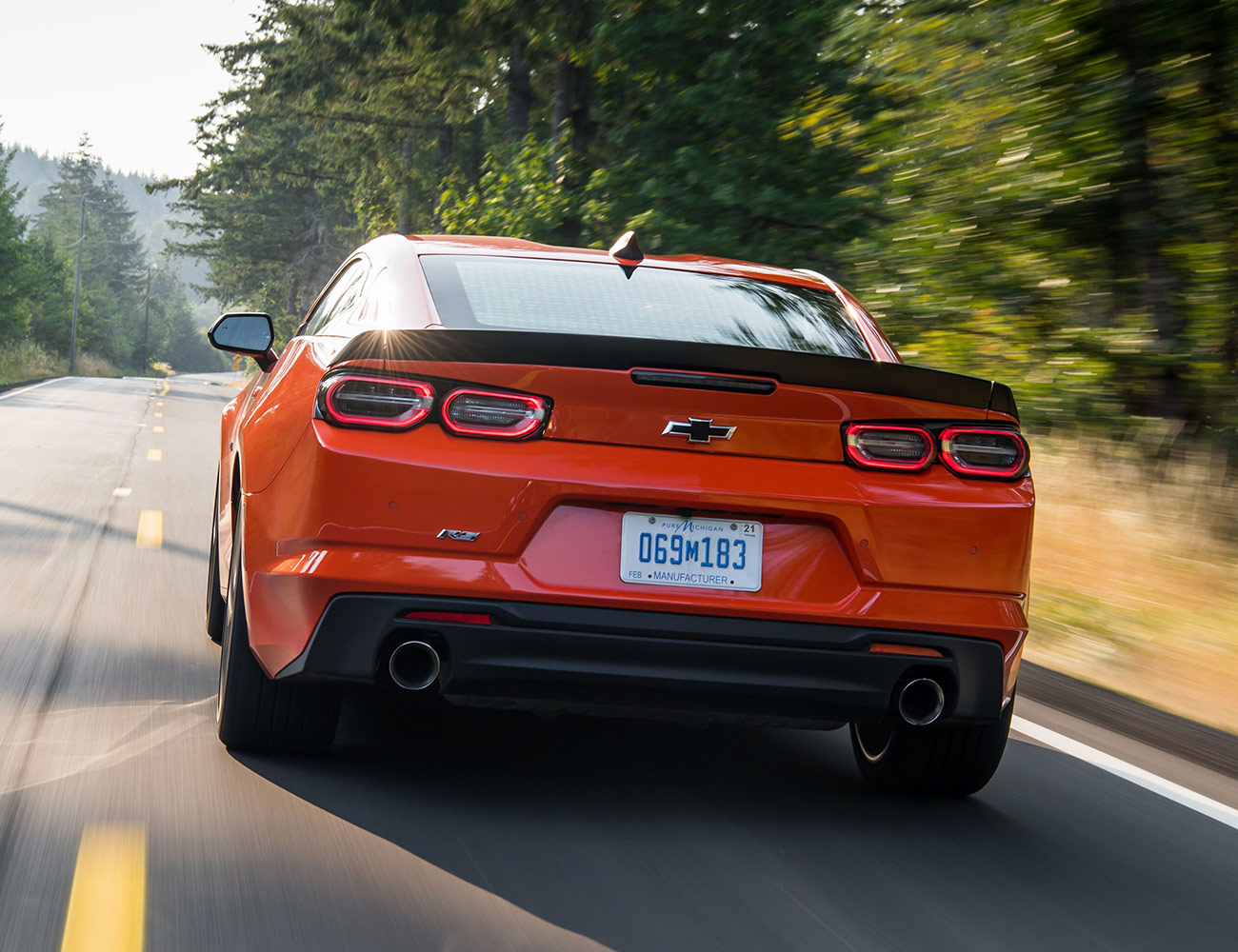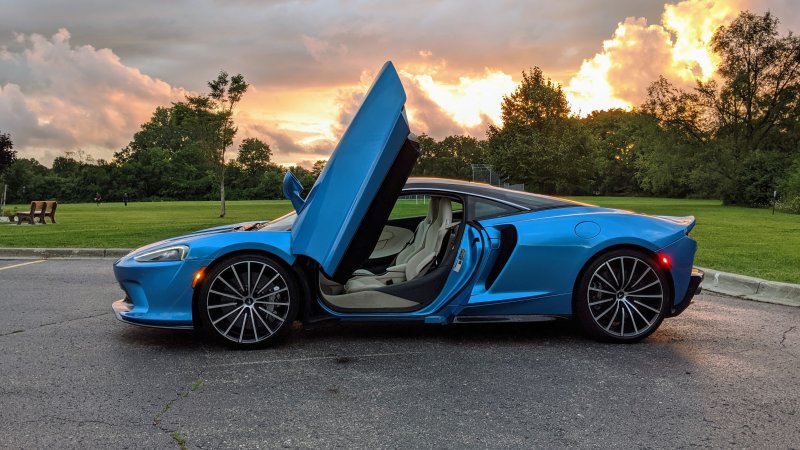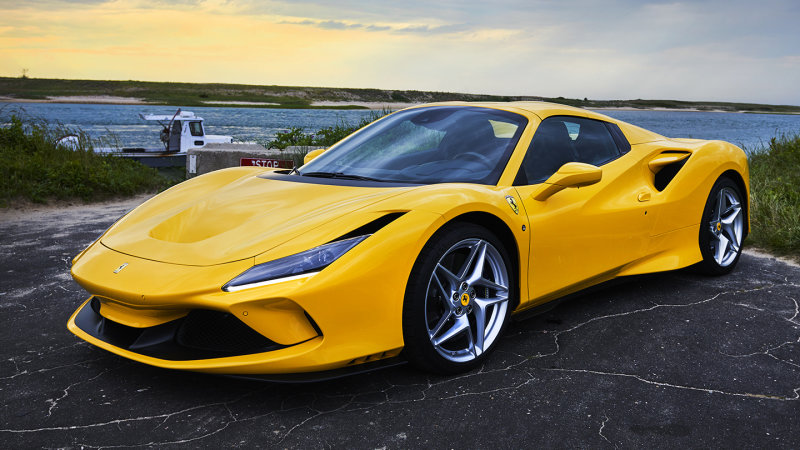Chevrolet has always been in the business of performance, be it in the grassroots drag racing of the ‘50s to the Le Mans wins Corvette has brought home year after year. With that said, the Chevrolet Camaro is probably overlooked when talking about the ideal track car. Unfair? Probably, but as it’s inexorably intertwined in the “American Muscle” battle with the Ford Mustang and Dodge Challenger – despite their numerous differences – it’s easy to understand why anything other than the range-topping ZL1 would escape people’s recollection.
These cars have evolved enough to render the stereotypes of them being (ahem) one trick ponies obsolete, and while this battle rages on, each of these examples of American performance has grown to be much more than the sum of its parts. In the case of the Camaro, it’s a finely balanced car that anyone giving it a pass is missing out on, and with the Camaro Turbo 1LE Chevrolet is making sure those looking at the low end of Camaro’s range have as much fun as those at the top end.
The Good: Despite what you may hear on other corners of the internet, the 2019 exterior refresh is a positive one that looks much better in person. Press photos don’t do it justice. At the very least, it grows on you.
Who It’s For: Anyone involved in autocross events, either in a competitive capacity or just recreational. Lightly powered, agile cars are fantastic track toys that allow drivers to have fun while lowering the skill and terror bar significantly, and the Turbo 1LE can certainly perform this role.
Watch Out For: Limited visibility, compact cabin, and a big trunk hindered by a narrow trunk opening.
Alternatives: Chevrolet is targeting track toys and other cars that focus on agility over power. Hot hatches like the Civic Type R are is its crosshairs with the Turbo 1LE, as well as the Subaru BRZ, and even sleeper hits like the Kia Stinger and Hyundai Veloster N.
Review: The whole ‘business of performance’ thing “… really translates from the track to the showroom,” says Camaro Chief Engineer Al Oppenheiser. This commitment is exemplified with the addition of the 1LE performance package to the 2.0-liter turbocharged Camaro, something previously exclusive to the V6 and V8 iterations. Chevrolet had a clear mission when it decided to give the low-end Camaro a 1LE makeover: make it a car people would want to take to the track, competing against autocross darlings like the Subaru BRZ and Ford Focus RS.
Debuting in 2016, the current generation Camaro is built on GM’s Alpha platform, worth mentioning here as the previous-gen Camaro was built on the Zeta platform, underpinnings designed for full-sized cars in overseas markets. The Alpha was designed for mid-sized-to-compact vehicles, and this translates to a Camaro that feels significantly more balanced than its predecessor.
This balance is particularly evident in the V6, something that is not lost with the Turbo 1LE. The 2.0-liter four-cylinder power plant puts out 275 horsepower and 295 pound-feet of torque, sending it to the rears by way of a six-speed manual gearbox. The 1LE adds some suspension components from the Camaro SS, a mechanical limited-slip differential and a track cooling package to maintain the temperature of said diff, along with the transmission and the engine oil. It’s also fitted with four-piston Brembo front brakes that sit behind 20-inch forged aluminum wheels that are shod in Goodyear Eagle F1 summer tires.

For 2019, all Camaros get a bit of a refresh. Changes to the front fascia aren’t wildly dramatic, but it’s distinct enough to split people’s reception of it down the middle. It looks better in person and it’s a sharp enough upgrade to make the previous front end look dated. There’s even some nice detail work like the grille mesh, which is polished on the face but grainy behind. The rear gets a set of neutral density tail lamps that work style-wise in that they don’t look like a cheap aftermarket hack job. Naturally, the satin black hood wrap is the standout L1E decoration. It’s a touch that suits the Camaro’s style so well that models without it suddenly look strange after prolonged exposure to the 1LE.
Setting out on the road, the sixth-gen Camaro foibles pronounce themselves. Space is precious in the cockpit, so packaging choices stick out like a sore thumb, good or bad. For instance, the armrest can barely fit a combination of a phone, its charging cable, and a pack of gum. Any door pockets are equally inconvenient and backseat space should only be used for cargo or to punish enemies. The same premium for space is applied to visibility. Between the high belt-line of the doors and the narrow rear windshield, the rear quarter blind spots are huge, leaving you to rely on the low-profile mirrors. Most of the car’s quirks are small enough to overlook on an individual basis, but they become hard to ignore as they add up. The interior of the Camaro isn’t a horrible place to spend your time, there are just more comfortable interiors in equally sporty cars.
Most of these issues become moot once the 1LE is put to the test on the track. The drive up to Washington’s Ridge Motorsport Park was nominal, save for the quibbles previously mentioned and the Goodyear Eagle F1 tires, which are eager to track with the grooves along the highway. At the course, the Turbo 1LE was able to put all that balance to good use. A new “track” setting in the drive select firms up the steering, loosens traction control restrictions and opens up the exhaust. My tester, set up with the 2LT trim, was equipped with a head-up display and PDR (personal data recorder) to record my laps with an overlay of telemetry. These two things were the icing on an already track-day prepped cake as the PDR recorded my experience to share afterward and the head-up display made eyeing my revs easier, which I had to do a lot.
275 hp is a modest amount of grunt, and though “right-sized” for things like autocross events or technical tracks such as RMP, a couple of instances left me wishing I had more. Specifically, instances where momentum was lost, either due to a hairpin or me not getting a section of the track just right. There was too little “maintenance throttle” to apply and smooth out my error. Other times, though, I was flat out, wishing I had more power as I watched the digital tachometer projected onto the windshield slowly climb. Shift point indicator lights come on very early, far from the redline, but at peak power. There’s still a ways to go, but engine output starts to drop off. Regardless, I found myself often languishing in this range, staying in gear because I’d be at a brake zone too soon to justify an upshift. In between those moments, the balance Chevy has managed to craft into the Camaro does a splendid job. There were no points where the Turbo 1LE didn’t do what was asked of it, and any errors were purely driver-based, not due to any fault of the car. Braking was sharper and deeper than expected, which was a pleasant surprise, and watching my laps recorded by the PDR, I saw that I could’ve braked harder still in some cases.
Speaking of brakes, if anything breaks with the Turbo 1LE on the track, you’re covered. Yep, all track-oriented Camaros – including this one – don’t void their warranty with track use, provided they stay unmodified. Maybe that’s the deal-breaker for some, but for the rest, that’s peace of mind. Trust me, Chevrolet is all too happy for your Camaro to be seen at as many autocross events you can take it to. Just don’t hit anything.
Verdict: The sixth generation Camaro has been a hit in each iteration that’s been churned out, and adding the 1LE performance package continues the streak, giving its low-end option purpose outside of being a cost-saving measure. It’s a solid choice for green drivers eager to learn performance basics on a rear-wheel-drive coupe with an agreeable price, a manual gearbox and a wallet-pleasing warranty. Others looking for a track-or-autocross toy to whip around without the desire to fiddle under the hood will find the 1LE a decent out-of-the-box option as well.
Key Specs: 2019 Chevrolet Camaro Turbo 1LE
Engine: 2.0L inline-four
Transmission: six-speed manual
Horsepower: 275
Torque: 295 ft-lbs
Weight: 3,354 lbs
0-60 mph: 5.4 seconds
Hot takes and in-depth reviews on noteworthy, relevant and interesting products. Read the Story





